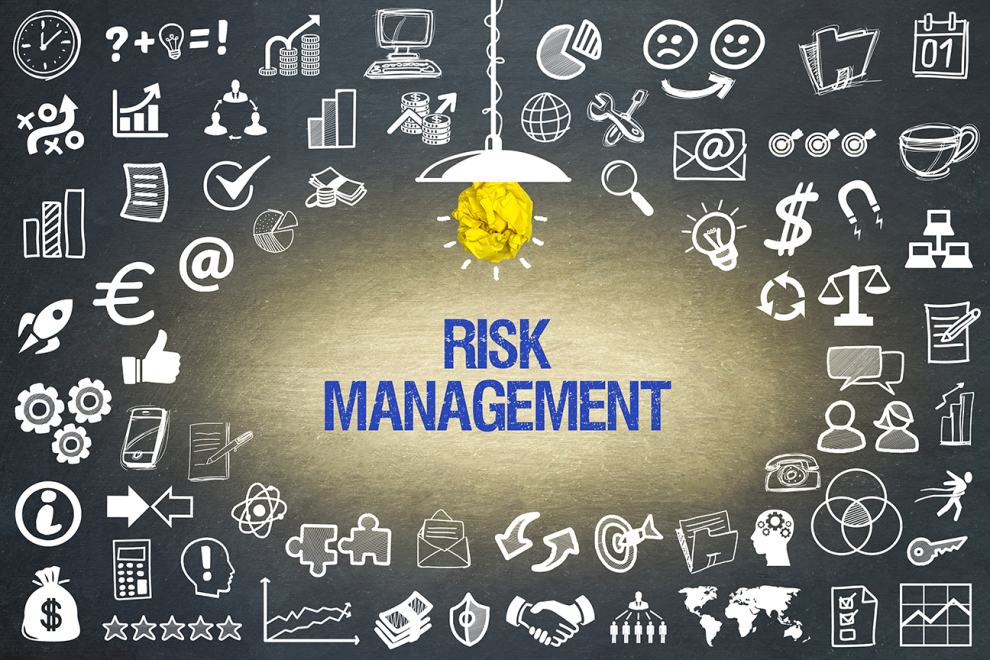Trading in financial markets can be exciting and highly rewarding, but it’s not without risks. Without proper risk management, traders can quickly find themselves in hot water, with losses mounting higher and higher. That’s why it’s crucial to understand risk management’s importance in trading and develop effective strategies for minimizing losses and maximizing profits. You could be an experienced trader or just starting; it doesn’t matter; taking steps to manage risk can mean the difference between long-term success and costly mistakes. In this article, we’ll explore the fundamental principles of risk management in trading and provide practical tips for implementing them in your trading strategy. So whether you’re trading stocks, forex, or cryptocurrencies, Continue reading, and you’ll learn how to protect your investments and achieve your financial goals.
Understanding Risk Management in Trading
Risk management is what we call the process of identifying, analyzing, and mitigating potential risks that could negatively impact your investment portfolio; this can include risks associated with market volatility, economic instability, geopolitical events, and other factors that can influence the value of your investments. Effective risk management involves clearly understanding these risks and implementing strategies to minimize their impact on your portfolio.
One of the fundamental principles of risk management is diversification. By spreading your investments across multiple asset classes, sectors, and regions, you can reduce your exposure to any single market or security; this can help to mitigate the impact of market volatility and other risks, as losses in one area you could balance by gains in another. Additionally, diversification can help to protect against the risk of default or bankruptcy of any individual company or institution.
Another critical aspect of risk management is understanding your risk tolerance; this refers to your ability and willingness to accept losses or fluctuations in the value of your investments. Investors with a higher risk tolerance may be willing to make more risky trades in pursuit of higher returns, while those with a lower risk tolerance may prefer a more conservative approach. Understanding your risk tolerance can help guide investment decisions and ensure you align your portfolio with your goals and preferences.
Finally, effective risk management requires discipline and a commitment to following your investment strategy; this means sticking to your asset allocation plan, regularly rebalancing your portfolio, and avoiding impulsive or emotional decisions. By maintaining a long-term perspective and staying true to your investment objectives, you can minimize the impact of short-term market fluctuations and maximize your chances of success over time.
Why Risk Management is Important in Trading
You cannot overstate the importance of risk management in trading. Trading involves taking risks in pursuit of potential rewards, but losses can quickly spiral out of control without proper risk management; this will only lead you to significant financial hardship, emotional stress, and frustration.
One of the primary reasons why risk management is vital in trading is that it can help to protect against unexpected events or market shocks. These events can include geopolitical events, natural disasters, or sudden shifts in economic conditions. By implementing risk management strategies, traders can help minimize these events’ impact on their portfolios and reduce their exposure to potential losses.
In addition, effective risk management can help to improve trading performance over the long term. By minimizing losses and maximizing profits, traders can achieve a better risk-reward ratio and increase their chances of success; this can be especially important for traders who rely on their trading income to support their lifestyle or achieve financial independence.
Finally, risk management can help to promote discipline and emotional control in trading. By following a clear set of rules and guidelines for managing risk, traders can avoid impulsive or emotional decisions that can lead to costly mistakes; this can help to improve overall trading performance and reduce stress and anxiety associated with trading.
Common Risks in Trading and How to Mitigate Them
There are many different risks associated with trading, and it’s important to understand them and develop strategies for mitigating them. Some of the most common risks in trading include liquidity, operational, market, and credit risks.
- First, market risk refers to the risk of losses due to changes in market prices or conditions, including volatility, interest rate changes, or geopolitical events. To mitigate market risk, traders can implement strategies like diversification, hedging, and stop-loss orders.
- Credit risk is the risk of losses due to default or bankruptcy of a counterparty; this can be especially relevant for traders who engage in margin trading or other forms of leverage. To mitigate credit risk, traders can monitor their counterparties’ financial health and creditworthiness and limit their exposure to any single counterparty.
- Liquidity risk refers to risk of losses due to an inability to sell or exit a position quickly; this can be especially relevant for traders who trade in illiquid markets or hold positions for extended periods. To mitigate liquidity risk, traders can maintain a sufficient cash reserve and limit their exposure to illiquid assets.
- The operational risk refers to the risk of losses due to internal or external operational failures, including system failures, fraud, or cyber-attacks. To mitigate operational risk, traders can implement robust security measures, maintain backup systems, and regularly review and update their operational procedures.
Risk Management Strategies for Traders
Now that we’ve explored the fundamental principles of risk management in trading and the common risks that traders face, let’s take a closer look at some specific risk management strategies that traders can implement in their trading strategy.
Setting Stop-Loss Orders and Take-Profit Orders
Stop-loss orders and take-profit orders are two common risk management tools that traders can use to help mitigate losses and lock in profits.
- A stop-loss order is an automated instruction to execute the sale of a security at a predetermined price point below the current market price; this can help to limit losses if the market moves against your position.
- A take-profit order is an automated instruction to execute the sale at a predetermined price point above the current market price; this can help to lock in profits and protect against potential losses if the market reverses.
Diversification and Asset Allocation
As we discussed earlier, diversification and asset allocation are two fundamental principles of risk management. By spreading your investments across multiple asset classes, sectors, and regions, you can reduce your exposure to any single market or security. Additionally, allocating your investments based on your risk tolerance and investment objectives will ensure you will achieve your portfolio goals and preferences.
Risk-Reward Ratio and Position Sizing
The risk-reward ratio is the ratio of potential profit to potential loss on a trade. By calculating this ratio before entering a trade, traders can assess the potential risk and reward of the trade and determine whether it’s worth pursuing. Additionally, by implementing position sizing strategies, traders can limit their exposure to any single trade and avoid taking on too much risk.
The Role of Discipline in Risk Management
As discussed throughout this article, discipline and emotional control are critical components of effective risk management. By following a clear set of rules and guidelines for managing risk, traders can avoid impulsive or emotional decisions that can lead to costly mistakes; this can be especially important in high-stress situations, where emotions can easily cloud judgment.
Tools and Resources for Risk Management in Trading
Many different tools and resources are available to traders who want to improve their risk management strategies. These can include trading platforms with built-in risk management tools, risk management software, and educational resources like books, courses, and webinars. Additionally, traders can seek advice and guidance from experienced professionals like financial advisors or trading coaches.
Conclusion: Why Effective Risk Management is Crucial for Trading Success
In conclusion, effective risk management is a critical component of trading success. By understanding the fundamental principles of risk management, identifying common risks in trading, and implementing proven risk management strategies, traders can protect their investments and maximize their chances of success over the long term. Whether an advanced trader or a beginner, taking steps to manage risk can help you achieve your financial goals and avoid costly mistakes. So, if you’re ready to advance your trading strategies to the next level, start by implementing these key risk management strategies today.











